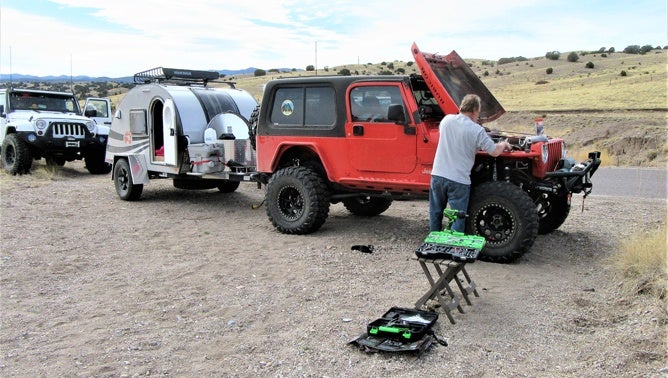
The best tire deflators can come in awfully handy for off-roaders. Tire deflators come in various forms and each allows drivers to quickly and precisely deflate or ‘air-down’ their off-road tires when required for enhanced grip, traction, and adaptability in challenging terrain. You can get the best automatic tire deflators or a more budget friendly option, but all will get the job done.To help you stay prepared off the beaten path, we’ve put together our definitive list of essential off-road tools.
This list is complete with just about any tool necessary to get you up and running again.
Obviously, no one can haul all of these tools along while wheeling. You’d need a full-size pickup and a trailer in order to do that. However, I’ve listed all of them so that you can choose which you may need while on the trail. Also, reading over the entire list may trigger a memory that will remind you of a particular tool you did need but did not have.
I suggest that you pack a “to go” box (or boxes) with all the items you think you may need. That way you just load the box(es) the night before a trail ride and you can rest assured that you’ll have whatever you may require. Many of the more common items may not be shown.
I’ve collected the various off-road tools in groups to ease their listing: Electrical Tools, Miscellaneous Tools, Recovery Tools, and Tire Tools — find them using the Table of Contents (and then listed tools alphabetically in their respective categories). These are all products I have used personally in my decades of off-roading and have found the best success with after trying many other options.
Table of contents
- 1. Electrical Tools: Test Light
- 2. Combination Wire Stripper & Connector Tool
- 3. Electrical Tape
- 4. Electrical Wire
- 5. Fuses
- 6. Solderless Connectors
- 7. Miscellaneous Tools: 10-in-1 Tool
- 8. Alumaseal
- 9. Ammo Can and Bag
- 10. Bandana
- 11. Binoculars
- 12. Boots
- 13. Camera(s)
- 14. CB and/or 2-meter Radio
- 15. Come-along
- 16. Duct Tape
- 17. Fels Naptha Soap
- 18. Floor Mats
- 19. Gloves
- 20. GPS
- 21. Insect Repellant
- 22. Lanterns and Flashlights
- 23. Locking Crescent Wrench
- 24. Hammers
- 25. Multi-tools (Torx, Allen)
- 26. Rope
- 27. Shop Towels
- 28. Tarp, Poncho, Rain Suit
- 29. Blades
- 30. Toolkit
- 31. Trasharoo
- 32. Locking Pliers
- 33. Weapons
- 34. Zip Ties and Tie Wire
- 35. Recovery Tools: D-rings and Doweling
- 36. Pry Bar
- 37. Recoil Kinetic Rope
- 38. Recovery Utility Tool
- 39. Winch and Winch Kit
- 40. Safety Tools - Canteen
- 41. Fire Extinguisher
- 42. First-aid Kit
- 43. Jumper Cables
- 44. Ratchet Straps (2)
- 45. Road Flares
- 46. Tire Tools - Air Pump
- 47. Impact Wrench
- 48. Schrader Valves
- 49. Star Wrench
- 50. Tire Deflator
- 51. Tire Repair Kit
- 52. Trail Jack
1. Electrical Tools: Test Light
A 12VDC test light will prove to be invaluable if you have to track down an open circuit. Choose one with a long cord so that you don’t have to relocate its ground every time you check a different circuit. You may also want to include a multimeter as well.
2. Combination Wire Stripper & Connector Tool
I’ve had the same stripper tool since the ‘60s, and it’s still working beautifully. The newer tools work OK but they’re much thinner. One of these will be necessary if you have to run a new circuit or reconnect and existing circuit.
3. Electrical Tape
An absolutely necessary item in your toolkit! Electrical tape can be used to seal wires, bundle a group of wires, hold an antenna in place, and even cover a finger cut. Plus, you can order it in different colors for different applications. Make sure you have a couple rolls stashed with your off-road tools.
4. Electrical Wire
You never know when you’ll have to patch a circuit, “stretch” a circuit or tie up a loose muffler, all of which can be done with electrical wire. By “stretch” a circuit, I mean that you may have to jump a circuit to a different circuit, or extend a ground wire to a more secure and cleaner ground. You should also include more than one gauge (or size) wire; i.e., I’d include at least 12, 14, 16, and 18 gauge wires, usually on their own spools, and keep them with the rest of your off-road tools.
5. Fuses
You can find an excellent collection of differently rated fuses at any auto parts store. Make sure the collection you chose has fuses that’ll fit your Jeep. If it’s an older Jeep, it may use glass fuses; newer Jeeps require pronged “little” fuses, so make sure you pick the correct type. Each collection will include fuses of several different amperage ratings.
6. Solderless Connectors
As with the fuses, a wide selection of solderless connector kits can be found at any auto parts store and is an essential component of most any kit of off-road tools. They are available in several different sizes and styles and are color coded. If it’s your first time, buy the largest kit available. If you’re familiar with working on your own Jeep’s electric systems, you’ll be able to choose a smaller, more compact kit.
7. Miscellaneous Tools: 10-in-1 Tool
The Smittybilt multifunction pliers (PN 2829) are a great addition for off-roading adventures (you never know when your dog may snag a cactus spine). Smittybilt’s adaptable compact tool is a 10-in-1 spring-loaded tool that has everything you need; from screwdrivers to pliers to a knife or a ruler. A nylon carrying case is included. It’s one of the handiest off-road tools to take along for the ride.
8. Alumaseal
Alumaseal—one of the best radiator sealant I’ve ever used—is something you can throw into your toolkit and forget about until you or one of your trail mates need it. Alumaseal has no “use by” date; it’ll last forever.
9. Ammo Can and Bag
A lot of us use army surplus ammo cans for carrying different items. Well, Smittybilt took note of that and offers an improved version. This 11-x7-x5.5-inch solid steel ammo box (PN# S/B2827) features waterproof seals that ensure that these cans will keep the contents dry and safe for many years. Rather than olive drab paint like an army can, these are semi-gloss black powder coat with a removable lid. The 600D nylon surround bag can hold one .50-caliber can or two .30-caliber cans, and it has a removable shoulder strap and five exterior pouches. I use mine for my electrical toolbox.
10. Bandana
It may not seem like it fits in on a list of off-road tools, but a simple “cowboy” 20-x20-inch bandana can be a multi-tool on the trail. Among its many uses are a handkerchief, sling, bandage, and tourniquet. On a hot day, wet it down and tie it around your neck to cool you off. If it’s clean, you can wrap your lunch up in it.
11. Binoculars
Almost any sporting goods store—Big 5, Cabela’s, Bass Pro Shops, etc.—can provide a wide selection of binoculars. When exploring the high lonesome, a good pair of binoculars can help a great deal in finding the right trail, seeing game, and finding friends.
12. Boots
This is a personal preference of mine. I wear boots with high-traction soles so that I can scramble over rocks, downed trees, or worn floorboards in old abandoned cabins without fear of slipping or getting stuck with a nail or cactus spine. Boots also support my ankles and protect me from snakebites.
13. Camera(s)
Everyone’s posting selfies nowadays, taking photos everywhere with their smartphones and then posting them online. Since I illustrate articles with my images, I prefer an actual camera. Either a DSLR (digital single-lens reflex) camera, or what I call a “pocket camera”, or video—or all three.
14. CB and/or 2-meter Radio
Just like longtime married folks, communication always enhances the trip. CBs are great but are rapidly being replaced due to their restricted range by 2- and/or 10-meter ham radios. These handheld radios can be secured to your dash or roll cage, powered by the lighter, and be equipped with an extended antenna and combination wired speaker/mic. You’d be smart to put this on your list of off-road tools.
15. Come-along
A poor man’s winch, a come-along can get you out if you’re strong enough to operate it. You’ll also need additional straps to extend the come-along’s range and reach. If you opt for a come-along instead of a winch, do not buy a cheap one. It’ll only bend or break and not be able to pull your vehicle out. Verify its weight rating. Get the right one and you’ve got yourself one of the most useful off-road tools we can think of.
16. Duct Tape
Duct tape has been around for about 40 years now. Racers call it 200-mile-an-hour tape but the rest of us just call it duct tape. Its uses are myriad. And you can now find it in different colors. Just don’t trust it on electrical wires because its insulating properties are not completely the best.
17. Fels Naptha Soap
My grandmother used Fels Naptha as laundry soap because my grandfather and several uncles were construction workers and their work clothes needed a very strong cleaning agent. You can also use Fels Naptha as an air freshener because it keeps your Jeep smelling fresh and clean. Why keep soap aboard? Because it can help you clean up after working on the Jeep, and it can chemically seal your gas tank if a sharp rock should slice it. Almost any true soap can be used, but it has to be a true soap bar, and Fels Naptha makes your Jeep smell sweet.
18. Floor Mats
Pictured are Bestop’s excellent heavy-duty front floor liners (PN 5150901 for TJ/LJ models), which are sold as a pair. They are custom-molded to fit exactly into place in the Jeep and keep the mess from spoiling your carpeted floor. To clean just take them out, hose them down, and you’re ready for the next trail. Strong TPE material outperforms cheaper liners and mats in extreme conditions.
19. Gloves
This is another item that is a personal preference. I found a local welding supply store that sells goat skin work gloves for $9, so if they become torn or worn, they can be replaced easily. They fit well, and they protect my hands while I dig, throw rocks, grind metal, weld, and work around hot components. If I’m working with off-road tools, I like to wear a pair of these.
20. GPS
As with photos, many now use their smartphones for GPS duties, but I still prefer a dedicated GPS unit. I use a Garmin Nuvi, but the newer products offer lifetime map updates, up-to-the-minute traffic, weather, and current speed limits. On some, you can even download topographic maps and updates to the show the local trails.
21. Insect Repellant
If you travel into the deep woods, you’re going to need an insect repellant. I happen to like Off but several others work just as well. Use the brand you like but don’t forget to pack it.
22. Lanterns and Flashlights
I absolutely love the flashlights with a zoom function and being LED lights, batteries last much, much longer. I also use large rubber bands to secure the lanterns so that they can’t accidentally open while traveling and waste the battery power. Some of these lanterns and flashlights also have magnetic rings so they can be attached to your Jeep’s body or a trailer, toolbox, etc. Super handy when making a repair at night or in low-light situations with your off-road tools.
23. Locking Crescent Wrench
The 10-inch locking crescent wrench features an unusual design that gives you the versatility of an adjustable wrench with the gripping power of locking pliers. This wrench can be used anywhere a crescent wrench would be used while providing twice the grip on fasteners. The wrench features a quick release handle, and the jaw features grooved teeth for added grip and works on a wide variety of fastener sizes (maximum jaw opening is 1 inch).
24. Hammers
Your off-road tools collection should have a small selection of hammers; a mini-sledge, a few ballpeens, etc. You can get a pretty complete set these days instead of buying them one by one.
25. Multi-tools (Torx, Allen)
These three-piece SAE/metric/torx folding compact hex key sets handle SAE, metric and star fasteners. They are constructed of chrome vanadium steel with a black oxide finish to resist rust. The hex key sets fold compactly to fit easily in your pocket or toolkit. With a rubberized grip for comfort, they have color-coded handles for easy identification. These are super useful off-road tools.
26. Rope
This isn’t rope for towing; it’s rope for securing. You should think about carrying several different lengths and thicknesses so you have a choice should you need to tie something down.
27. Shop Towels
Whenever I pick up a part at an auto parts store, I also grab a packet of shop towels. That way I always have clean towels whenever I need them. I also make sure that I have at least one roll of the blue paper shop towels available at most auto parts stores.
28. Tarp, Poncho, Rain Suit
All of these items can be used for weather protection. They can also be used for a ground cover if you must crawl under your Jeep to check or work on something. They’ll protect your clothes from the weather and the ground.
29. Blades
With this kit from Mossy Oak, you are ready for anything. The kit comes with an axe (with three built-in hex bores), 10-inch machete with teeth on the back for sawing, fixed blade knife, sharpening stone, 50 feet of paracord, flint stick, five carabiners, and a flashlight. It’s a great kit for setting up camp or removing some branches or small trees that may have fallen across your trail.
30. Toolkit
I always prefer ready-made sets of off-road tools because of the organization and the case. The OEMTOOLS 121-piece Mechanic’s Tool Set (PN 23984 from Mobile Distributor Supply) includes a variety of the most popular size sockets, wrenches, screwdrivers and more in SAE and metric. Most items feature a hard chrome finish; a smooth satin finish that won’t show prints and keeps rust away. Sockets are thin walled with chamfered ends and a posi-grip no-slip design that gives you more socket-to-fastener contact. The ratchet is designed with a sealed head to keep dirt out and is fully re-buildable and repair parts are available. Comes in a sturdy case with metal latches (latches are replaceable).
31. Trasharoo
A Trasharoo mounts on your spare tire—usually outside but it’ll work inside as well. It’s sealed on the inside of the bag for moisture, so you can fill it with ice and drinks if you wish without worrying about water damage (it’ll drip out of the drainage holes in the bottom of the bag). We all carry out what we haul in, and a Trasharoo makes it so much easier.
32. Locking Pliers
These locking pliers come in several different sizes, and like hammers, you should have a small selection of vice grips in your to go toolbox. We haven’t the space here to list all of the ways vice grips can be used so include three or four of them in your kid of off-road tools.
33. Weapons
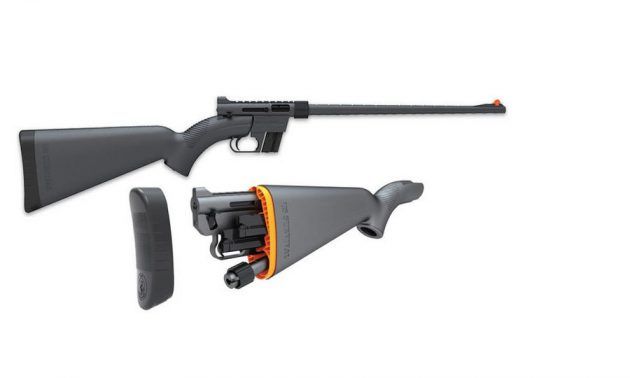
In my opinion, the best Jeep gun ever is the Henry Repeating Arms AR-7. Since 1959, the AR-7 has been the choice of U.S. Air Force pilots who need a small-caliber rifle they can count on should they have to punch out over a remote area. Through the years the AR-7’s reputation for portability, ease of operation and reliability has carried over to the civilian world.
Today, it’s a favorite of bush pilots, backpackers, Jeepers, and backcountry adventurers who need a rifle that’s easy to carry yet has the accuracy to reliably take down small game. Like the original Henry U.S. Survival Rifle, this innovative, semi-automatic model is lightweight (3.5 lbs) and highly portable. At just 16.5 inches long, when all the components are stowed, it easily fits into the cargo area of a plane, boat, Jeep or in a backpack. It’s chambered in .22 LR so you can carry a large quantity of ammunition without adding much weight to your gear.
It comes with two eight-round magazines with the capacity to store an additional magazine should you decide to order one (that gives you 24 rounds without carrying any extra ammo). When disassembled the pieces fit inside the impact-resistant, water-resistant stock, which floats. Assembly is as easy as attaching the receiver to the stock, inserting the barrel, and screwing on the nut. In a few seconds, without any tools, the Henry U.S. Survival AR-7 is ready for action.
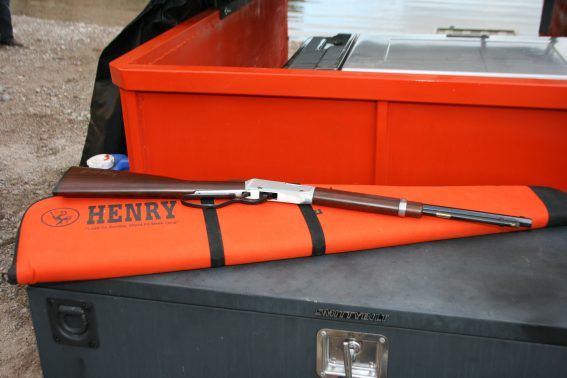
Slick and quick, the Evil Roy .22 model features a very distinctive bright (but not too bright) brushed finish on the receiver and a nickel-plated barrel band, a 16.5-inch octagon barrel that balances well, and an intermediate-length stock to fit everybody from pre-teen shooters on up to full-sized adults. Named for a well-known Cowboy Action Shooter, Gene Pearcy (Evil Roy is his persona’s moniker), the Evil Roy has a fully adjustable semi-buckhorn rear and tall bead front sights, a large-loop lever, and a “signature” branded into the walnut stock at the rear.
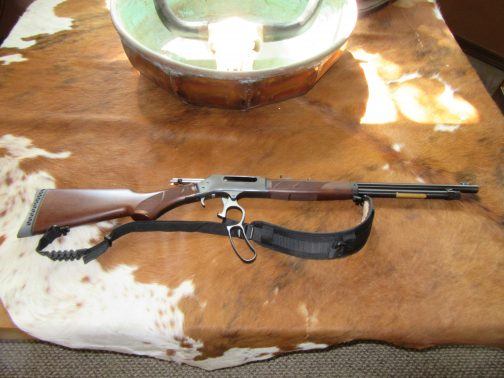
In 2017, Henry Repeating Arms introduced a pair of .410 bore shotguns for those who like their small-gauge shotgunning to be done through a quick-handling action. You’ll be right at home with these new small-game-getters. There are times and places where a 20 or a 12 is just too much gun, and for those times and places—such as Jeeping—the .410 may be the ideal way to go.
This gun is just plain FUN to shoot, and you’ll really get a kick out of it. Both models are based on Henry’s blued steel-framed .45-70 Lever Action, with five-shot tube-loading magazines chambered for 2.5-inch shells only, dark straight-grained American walnut furniture, pistol grip wrists, checkering fore and aft, sling swivel studs, and a good thick non-slip ventilated black rubber recoil pad at the rear.
34. Zip Ties and Tie Wire
Zip ties and tie wire (I call it tie wire from my days in construction but many folks call it bailing wire) are indispensable. Things are always getting loose or falling off active Jeeps and ties and wire can keep them on until you get home. Zip ties come in many lengths and strengths, and tie wire is available in 16- or 18-gauge. Always make sure you have one or the other or both in your toolbox.
35. Recovery Tools: D-rings and Doweling
Most aftermarket bumpers have mounts for D-rings—or as some call them clevises—so that you can carry four of them without thinking about it. Many people use them to mate two tow straps; however, I won’t if any stress at all is going to be put on the straps (if a strap breaks, a D-ring can become a deadly missile). I prefer to use a short piece of 1-inch doweling to lock two tow straps together; it’s much safer. If you don’t have strong hooks, D-rings can be used for winch attachment during a recovery.
36. Pry Bar
A pry bar can prove invaluable during a recovery. It can pry rocks out of the way, lift the side of the Jeep, dig holes, and in a pinch can be buried for a winch anchor. No kit of off-road tools is complete without one.
37. Recoil Kinetic Rope
When you’re deeply mired in mud, stuck in sand, or hopelessly snowed in, a winch or a standard tow strap may not be able to get you out. This Smittybilt kinetic rope (PN CC121) is designed for those tough situations. The tow vehicle can build up momentum, which stretches the rope and “stores” kinetic energy in the rope to snatch your vehicle out (much like a slingshot). Its breaking strength is a whopping 30,000 lbs., and can be stretched almost a third longer than its resting length. Each rope has 12 woven nylon strands to provide better elasticity and strength and they are spliced into loops at both ends. Storage bag included.
38. Recovery Utility Tool
A fully functional, collapsible, military-style shovel, the Smittybilt Recovery Utility Tool (PN 2728) has an easy grip and a carbon steel blade that is heat treated for strength, and the shovel features double serrated edges for easy digging. The heavy-duty black powder-coated body is 26 inches when open and folds down to a mere 9 inches. It can be stowed easily in the included black canvas storage bag. Never go on the trail without it.
39. Winch and Winch Kit
A few decades ago a 4,000-lb. rated winch was fairly standard on a Jeep. These days 8,000 to 9,500 and more are popular. Also, electric winches are now the norm. In yesteryear, PTO (power take-off) winches, which required power from your engine, were common, not so much nowadays. A rule of thumb these days says you need to select a winch that’s rated for about twice the weight of your Jeep, which also works for me.
When buying a winch, in my opinion, you should also always buy a winch kit. With a winch you get a wired controller, and with a winch kit you receive at least one snatch block, a tree strap, gloves, and a D-ring or two. Why buy a winch kit? With a snatch block, you can literally double the pulling power of your winch. By attaching a snatch block (a pulley that slides open to accept the cable) to the object you wish to pull and routing the cable back to your Jeep, the pulling speed is cut in half and the pulling power is doubled; a second snatch block will double it again.
40. Safety Tools - Canteen
Every Jeep should have a full canteen or three onboard for emergencies. A canteen may not keep the water cool or cold like your fridge or cooler but it can keep you alive should you become stuck in the middle of nowhere. A canteen can keep you hydrated while awaiting a recovery. Using different sizes will allow you to find small niches inside your Jeep to hold the canteens.
41. Fire Extinguisher
Almost every Jeep will have a fire extinguisher onboard, but I carry at least two—one at each door. Over the years I’ve had to use an extinguisher on three fires—none of which was my vehicle. Think about it, if you carry one fire extinguisher and use it on a fire you’re out of luck if something happens to your own Jeep before you can refill/replace the used extinguisher. I suggest that you carry at least two, and make sure they are rated for car fires.
42. First-aid Kit
I’ve looked for the proper Jeep first-aid kit for years and never found one until now. My Medic makes first-aid kits for adventurers. The company assembles the individual items into ready-made kits for specific applications, and if the MyFAK kit that I have is a reasonable representative, My Medic knows what they’re doing. This first-aid kit can be used anywhere from a day at the park with the kids, a multi-day backpacking adventure, or off-road in your Jeep. If you’re out there, the MyFAK first-aid kit should be there for you. You can also buy everything separately if you want just the bag or just the supplies.
43. Jumper Cables
Don’t be fooled by lightweight cheap and chintzy cables. Buy cables that are at least #4 gauge or you’ll be regretting it every time you have to use them, and if you have an automatic transmission, you’ll need them eventually (you can’t push-start an automatic). The lighter gauge wires will actually heat up without allowing enough “juice” through to start the engine.
44. Ratchet Straps (2)
Over the years, I’ve seen ratchet straps hold axles to leaf springs, secure loose fenders to the body, hold hoods down, keep spare tires in place, and even hold a hardtop down. I’ve even seen a ratchet strap circle a tire to spread it out in order to set the tire bead. In other words, ratchet straps can be used for a number of different tasks. Make sure you have at least two riding in your toolbox.
45. Road Flares
Some folks call them fuses but I’ve always called them flares. This is another multi-tool. A flare can start a fire or warn other drivers of an accident. You’ll never need a road flare until you need a flare and then you’ll really need one. Most auto parts stores sell them, some with several packaged with reflectors. You can’t buy traditional road flares online, but you can get LED ones.
46. Tire Tools - Air Pump
During the decades that I’ve been four wheeling, I’ve tried almost every method of tire filling available to a Jeeper in the field, from a pump that screwed into a spark plug hole (much easier in the old days before all the required smog plumbing) to a lightweight battery-powered air pump. I’ve worn out uncountable air pumps that worked overtime to fill my tires as they became bigger and bigger.
Having a quality air compressor/pump in on hand can make the difference between getting home and spending a night or two in the middle of nowhere. It is a product worth investing in.
47. Impact Wrench
The OEMTOOLS heavy-duty ½-inch-drive Li-Ion Impact Wrench (PN 24481) can be used for tightening or loosening nuts and bolts, automotive repair, and other applications. A rubber grip adds comfort and reduces fatigue. The 20V Max lithium-ion battery gives you more torque power and longer battery life. This very fine tool can save a lot of time when you’re forced to change tires. It has a two-speed transmission (0-2,200 RPM and 0-2,900 RPM), its maximum nut-breaking torque is 300 ft./lbs., while its tightening torque is 260 ft./lbs., and it weighs 8 lbs. Full charge time is two hours (kit includes a lithium-ion battery with charging station).
48. Schrader Valves
If you’re not familiar with the name, these are those little things in the tire’s valve stem that you push to let the air out. Although you’ll probably never lose one, if you did, it can ruin your whole day if you don’t have some spares along in your tire kit. (If you use an Air Armor M240 air pump, you can keep a little packet of Schrader valves in with the air pump.)
49. Star Wrench
A star wrench is a good idea in your toolkit because it provides you with four wrench sizes (in case you tow a trailer or have a friend with different sized lug nuts). I’ve seen two different designs, a straight star wrench and one that collapses for easier packing and travel. The star design increases the amount of torque you can apply to a lug nut because you can use both hands.
50. Tire Deflator
Tire deflators can come in really handy when you are driving across varied terrain. Tire deflators come in various forms and each allows drivers to precisely deflate or ‘air-down’ their off-road tires when required for enhanced grip. You need one in your off-road vehicle.
51. Tire Repair Kit
With a flat tire repair kit, the easy-to-follow instructions mean anyone can plug their flat tire in minutes and get back on their way. A kit has everything you need to make repairs easy and keep you and your family safe to continue your journey. Several different tire repair kits for various prices are available on Amazon.
52. Trail Jack
Most people call these jacks high-lift, which is a brand name, but I’ve been told they were originally adapted from the farm as a hay-bailing jack. This is a Smittybilt 4-foot jack (PN 2722), and is an invaluable tool for off-roaders. I’ve even tried using one as a come-along with a pair of nylon straps. I guess it could work with cable or chains—albeit being dangerous as hell—but it won’t work with nylon straps. The nylon stretches too much. In my opinion, every Jeep that goes off road—especially lifted Jeeps—needs to be carrying one of these heavy-duty bumper jacks.
Definitely not. This list covers pretty much every issue that you might encounter on the trail BUT it doesn’t mean that you will. In all honesty, you’ve likely been out enough times to know what you need to pack as far as essentials are concerned and can pick and choose from this list to best suit your needs.
What is one of the most important items to your staff?</h2
I for one must have a winch installed on the front bumper or at least carry a come along. When you’re alone and get in over your head on the trail, either of these two items can get you rolling without having to wait for assistance.
Updated 6/17/2021: updated product links, ranked products, added FAQ
We are committed to finding, researching, and recommending the best products. We earn commissions from purchases you make using the retail links in our product reviews. Learn more about how this works.

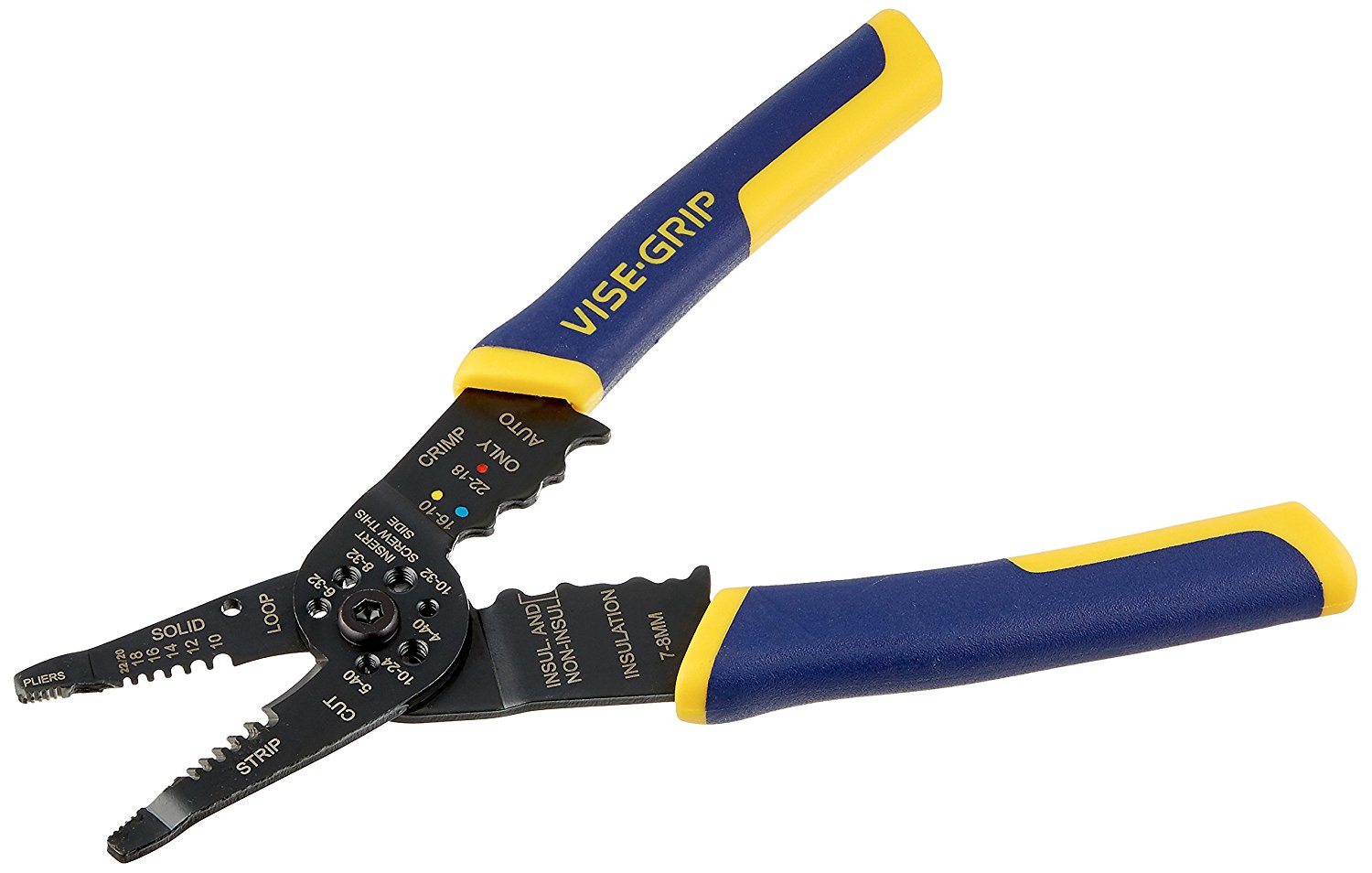
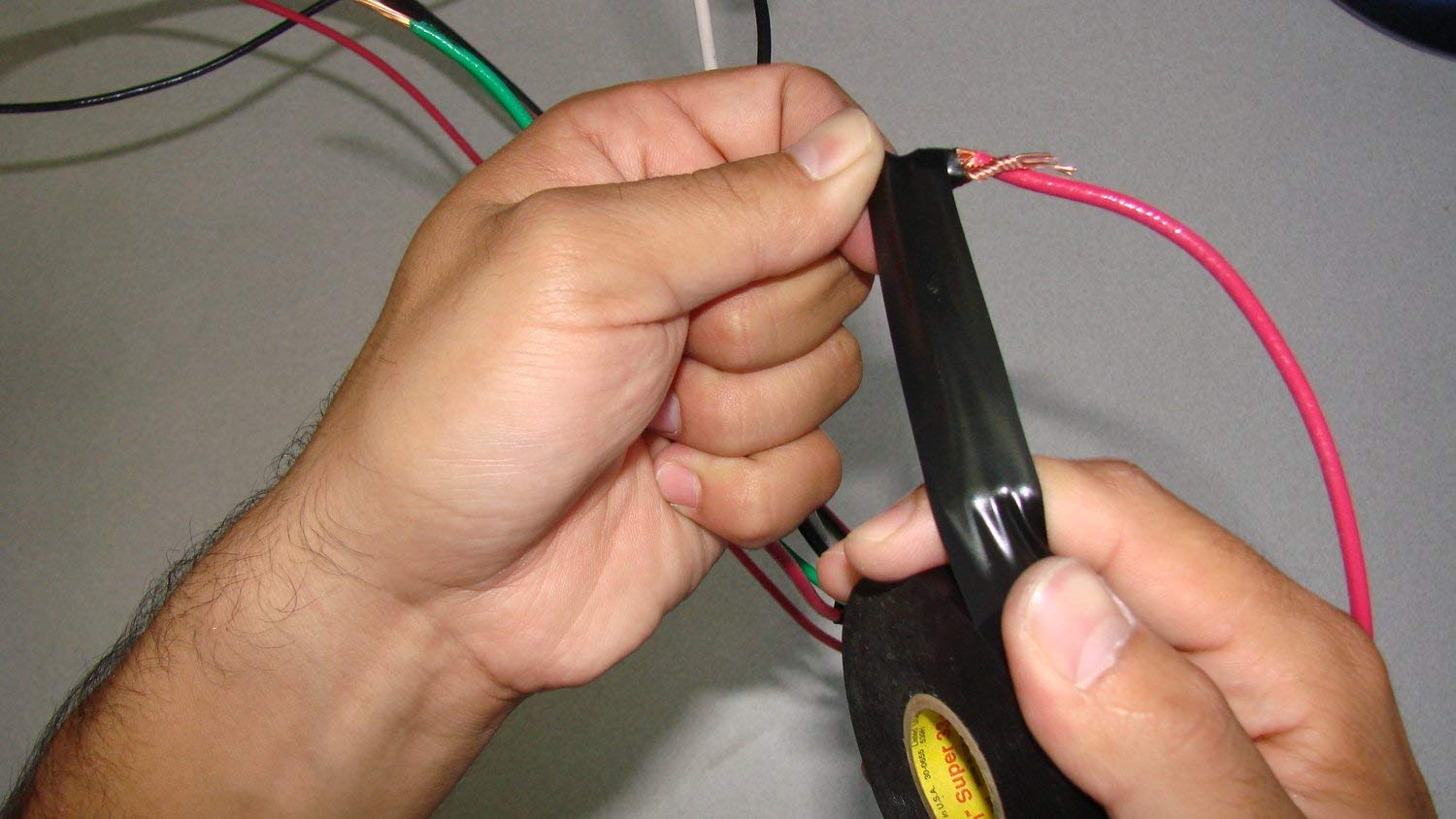
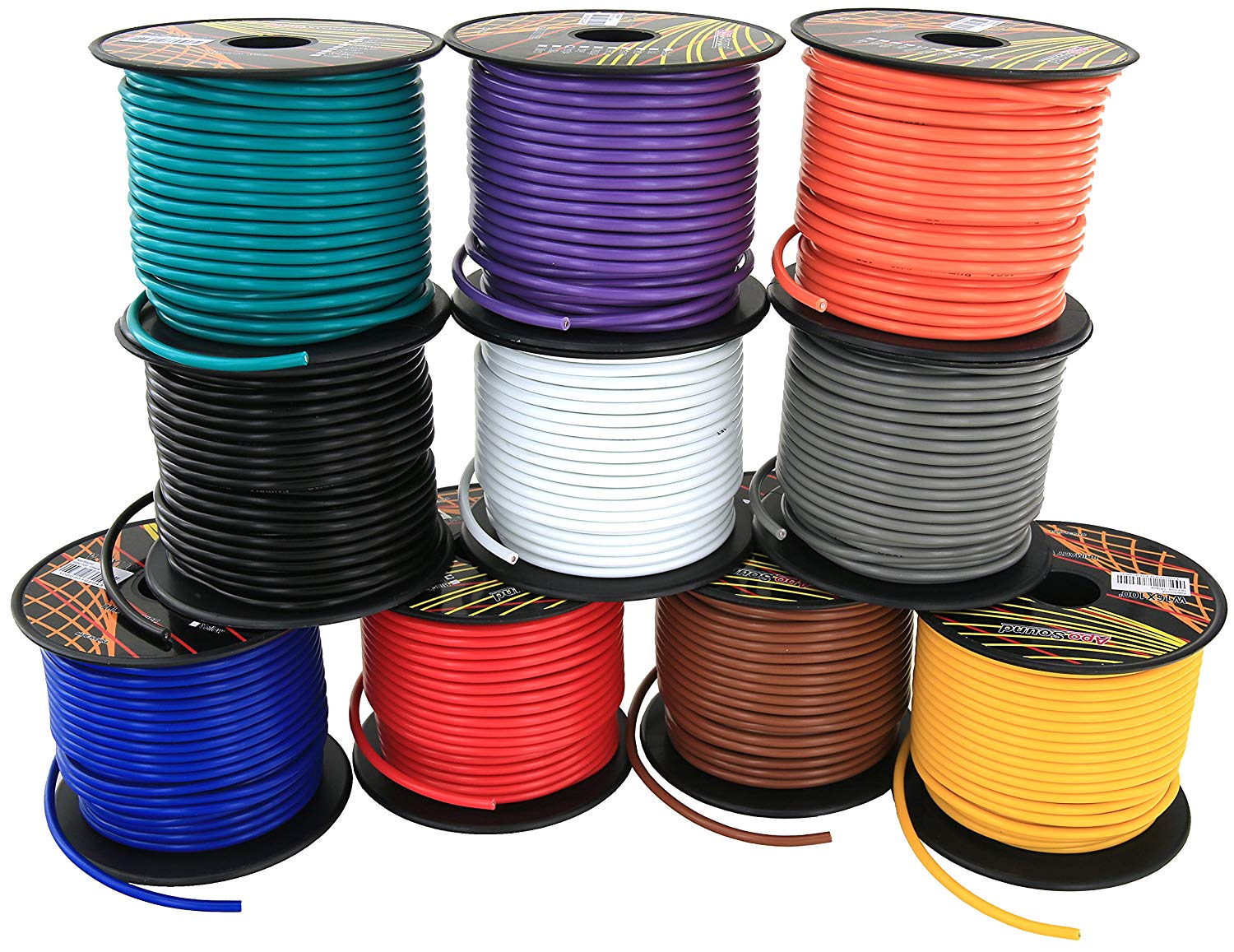

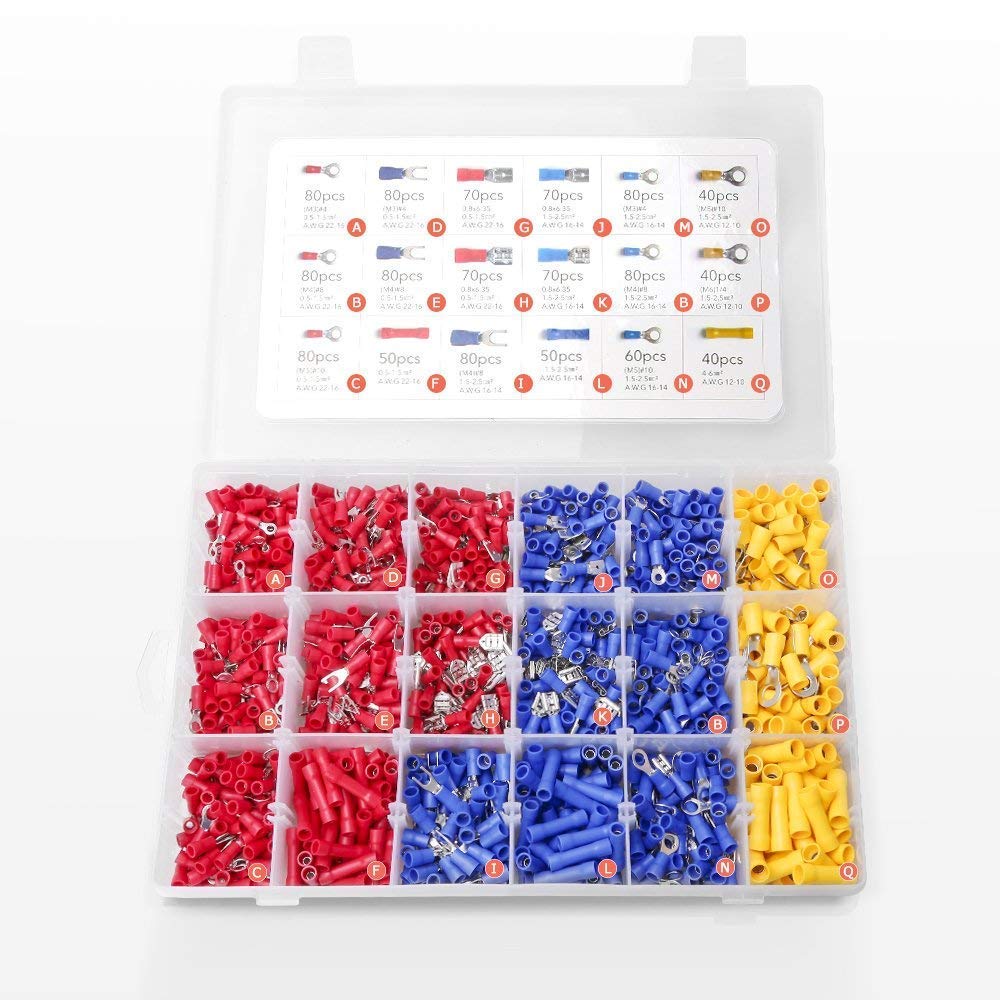
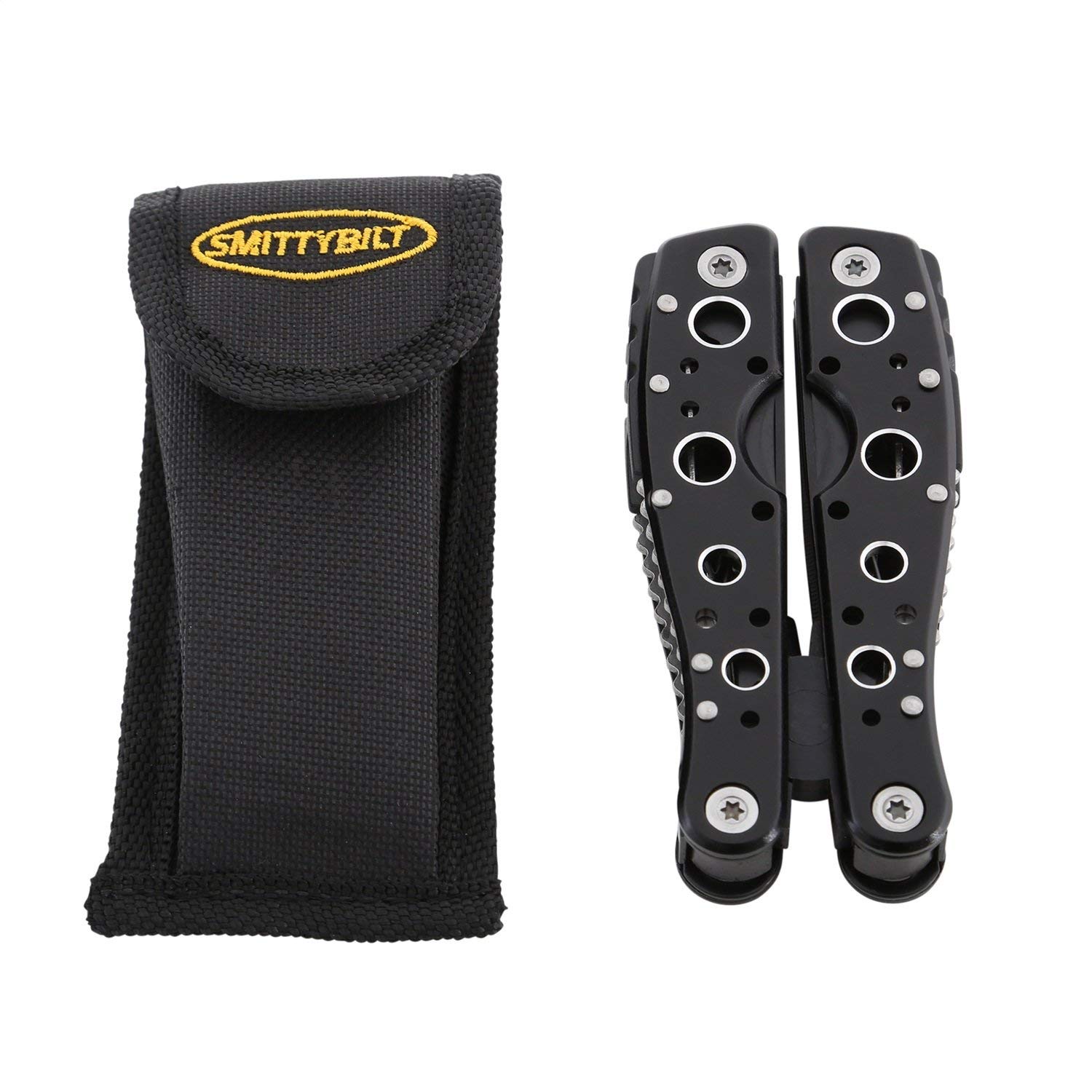


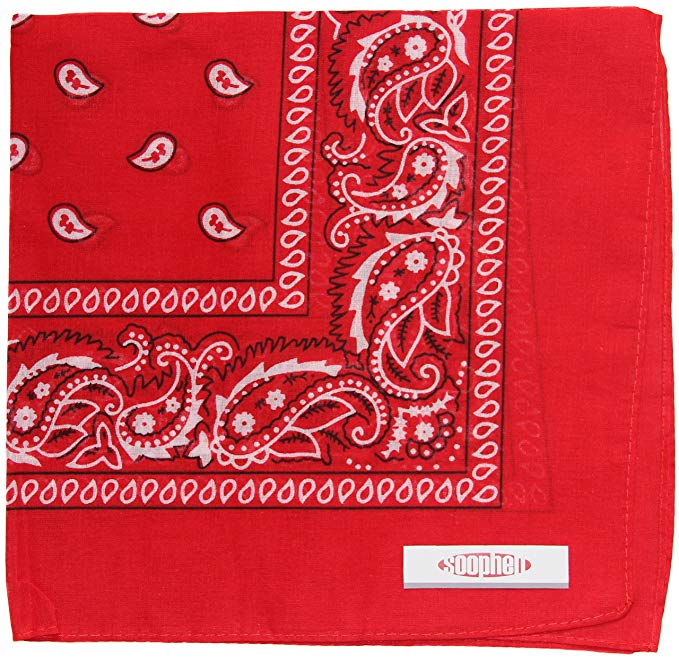



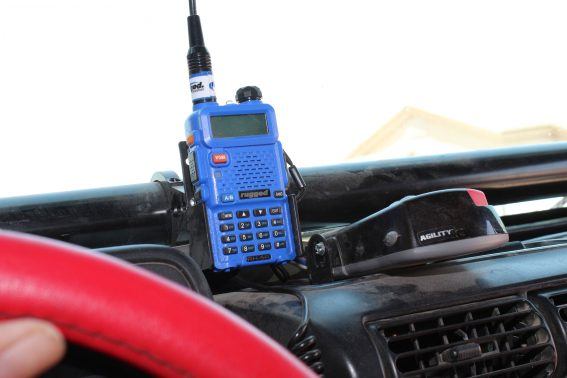
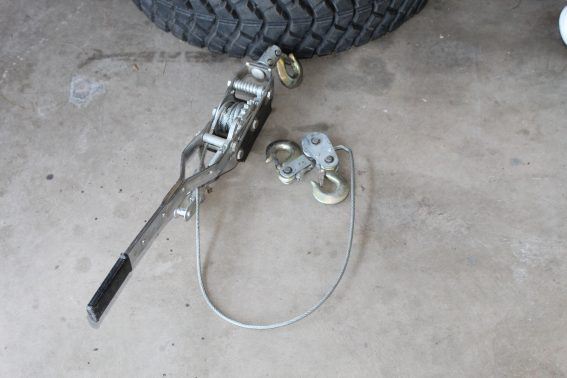
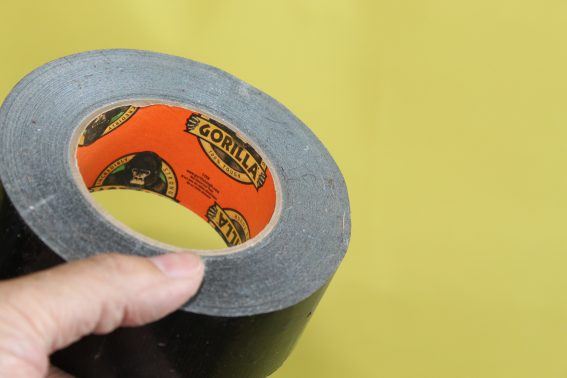
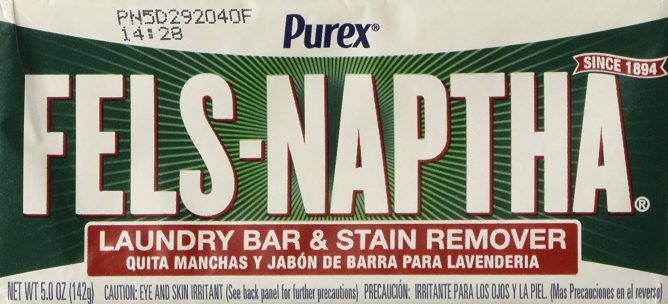
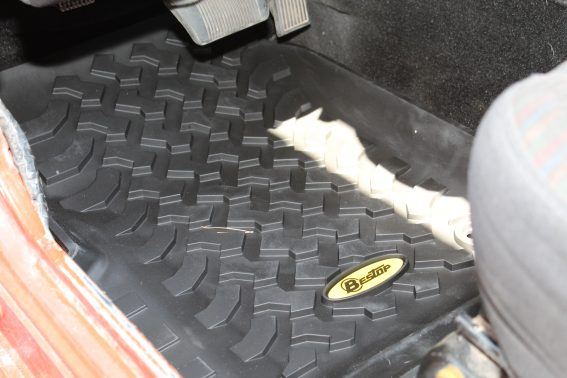
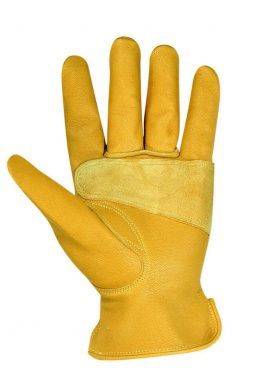
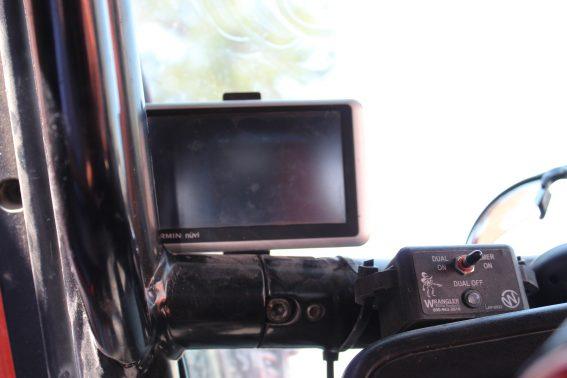
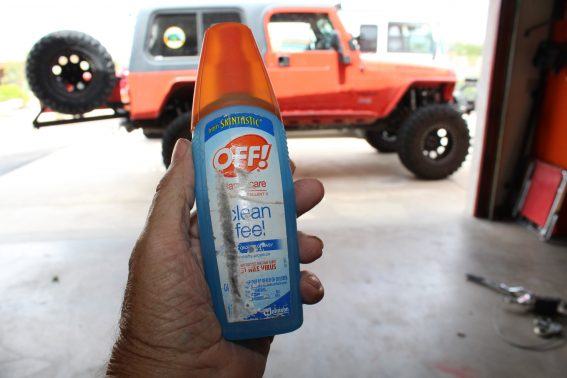
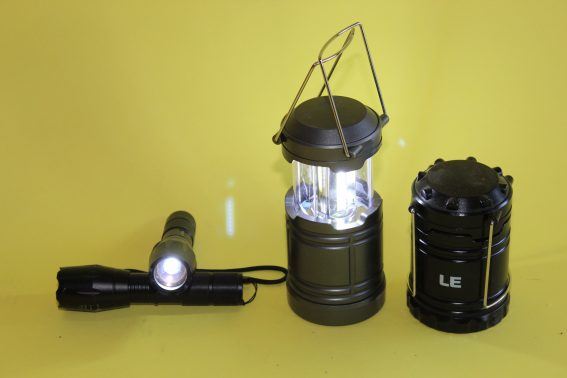
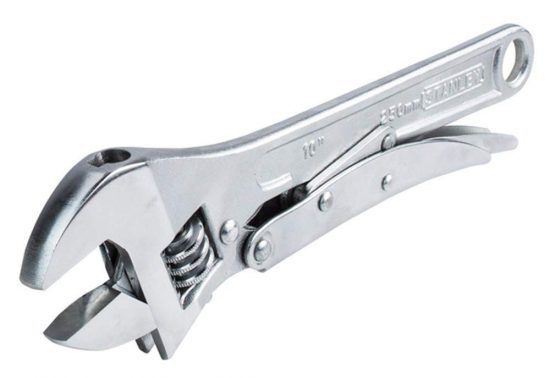
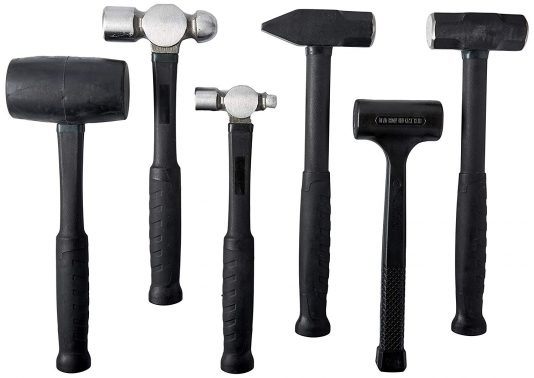
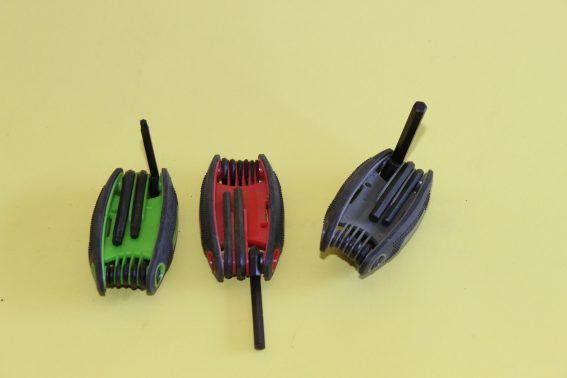
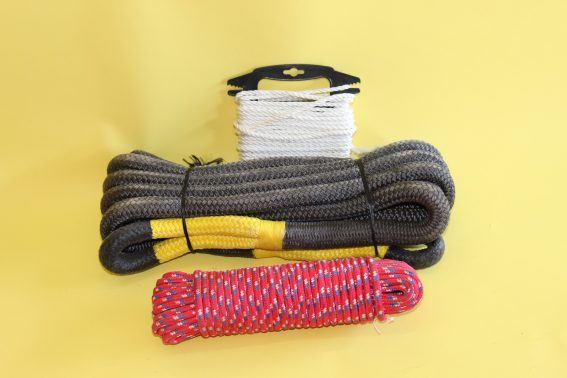
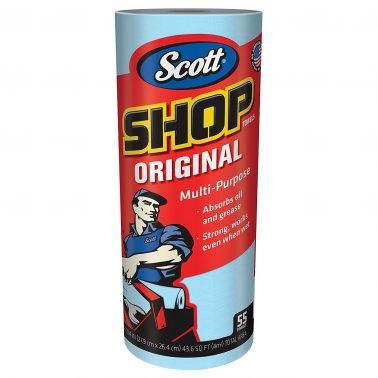
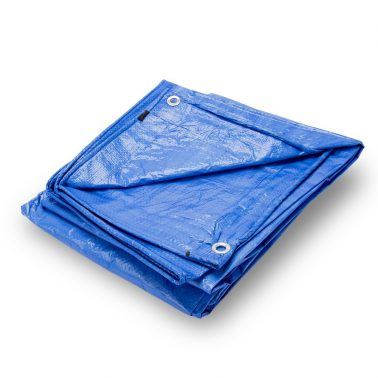
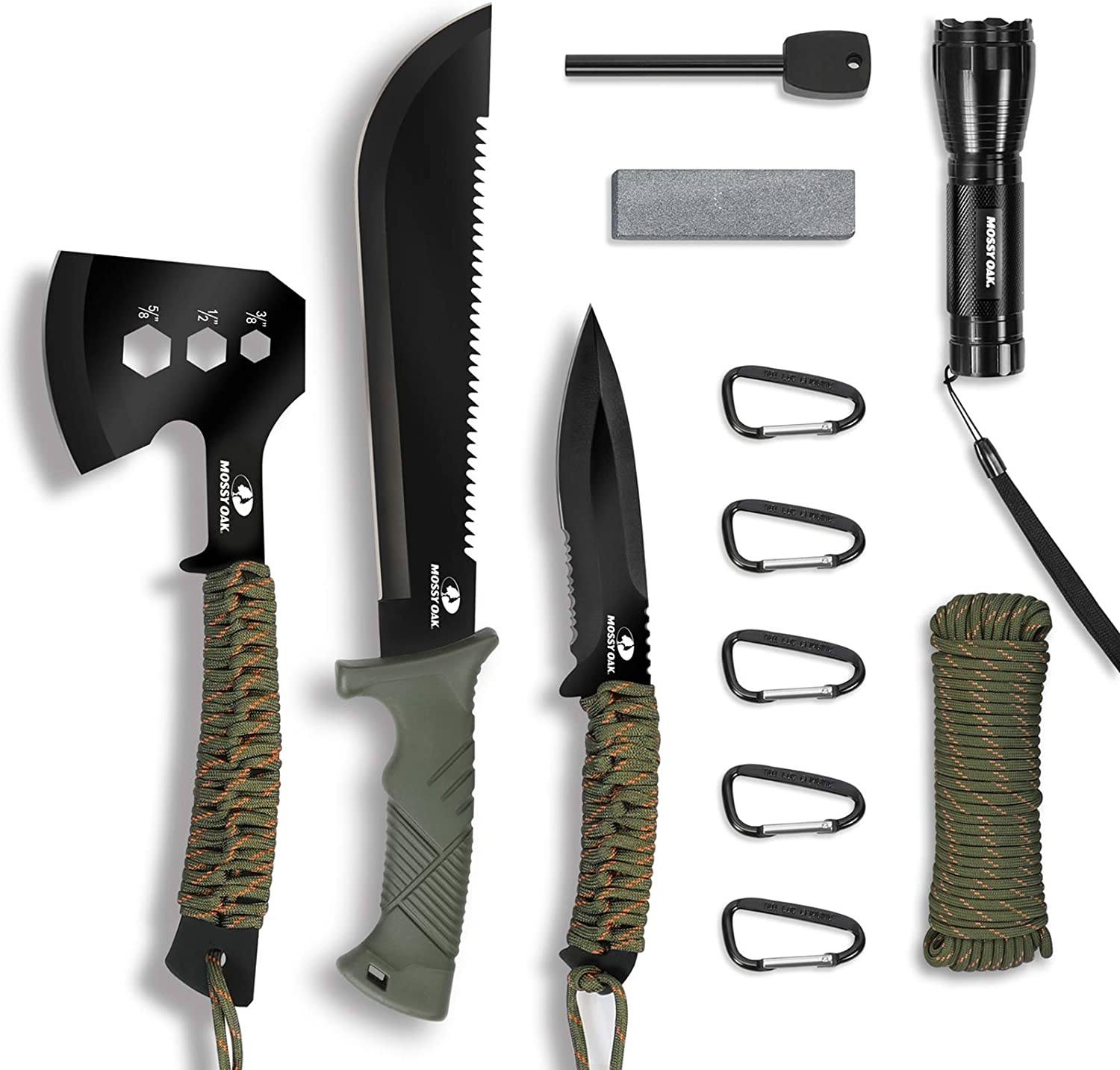
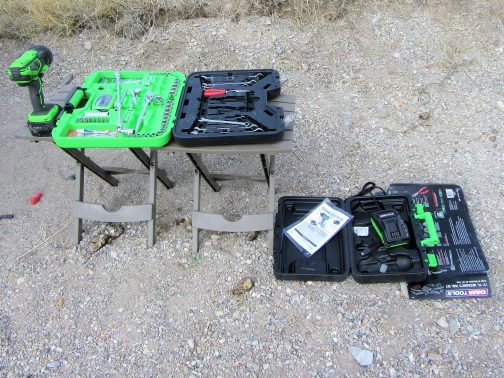
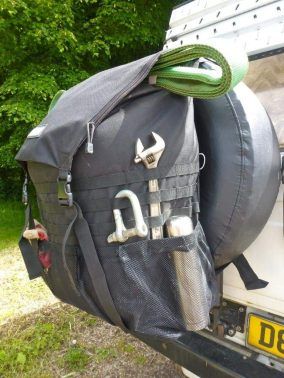
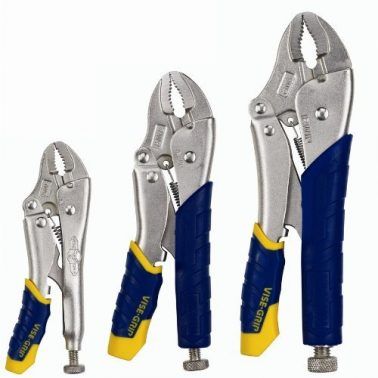
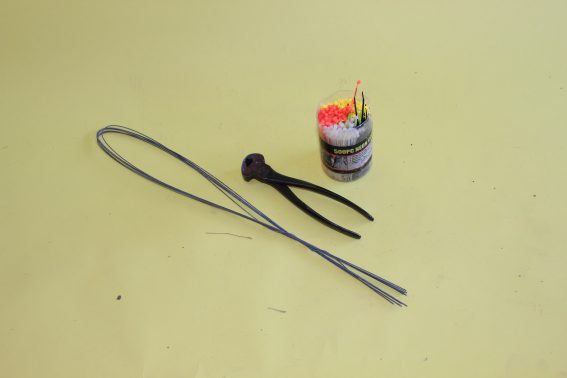
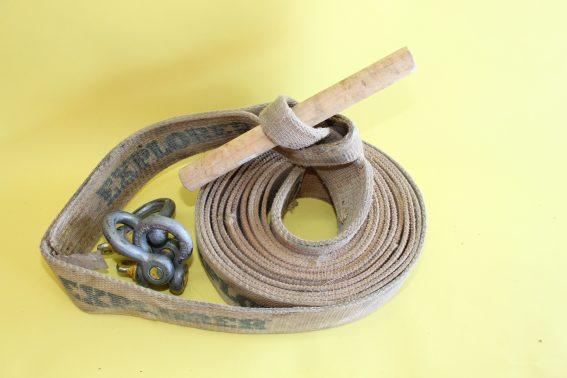
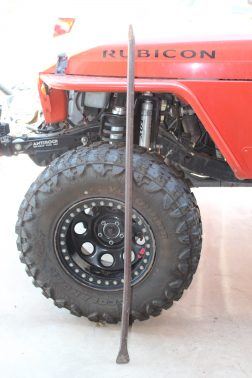
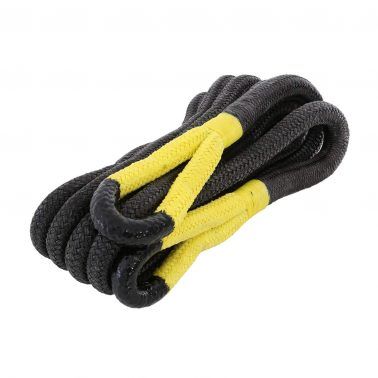
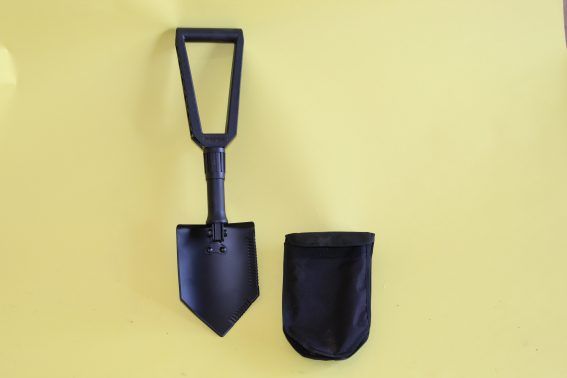
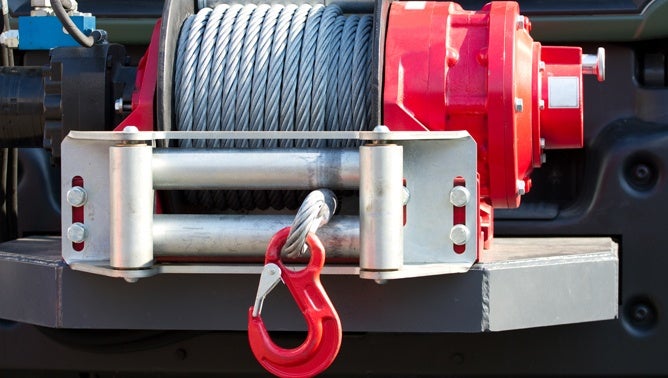
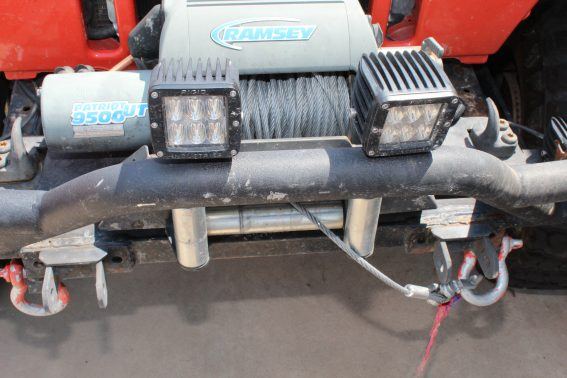
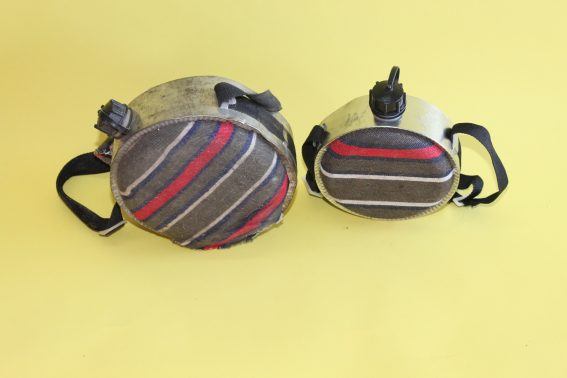
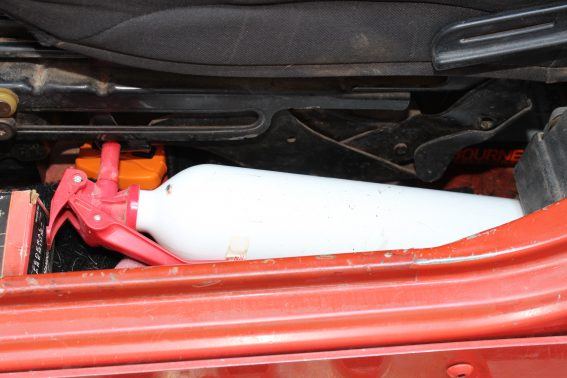
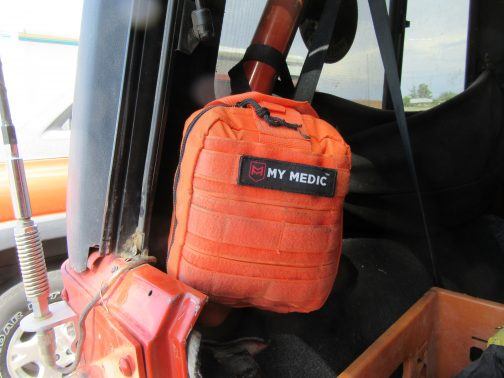
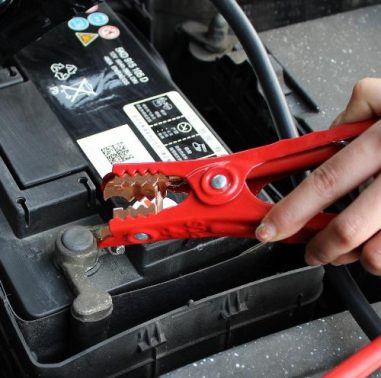
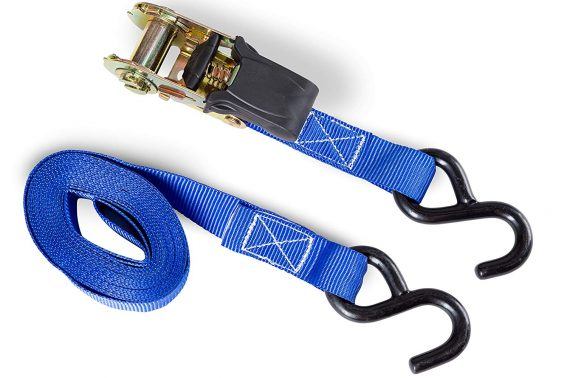
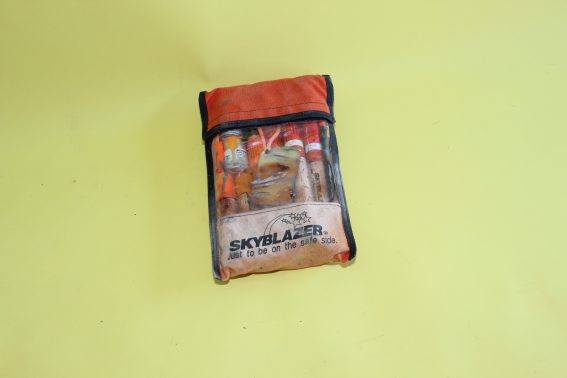
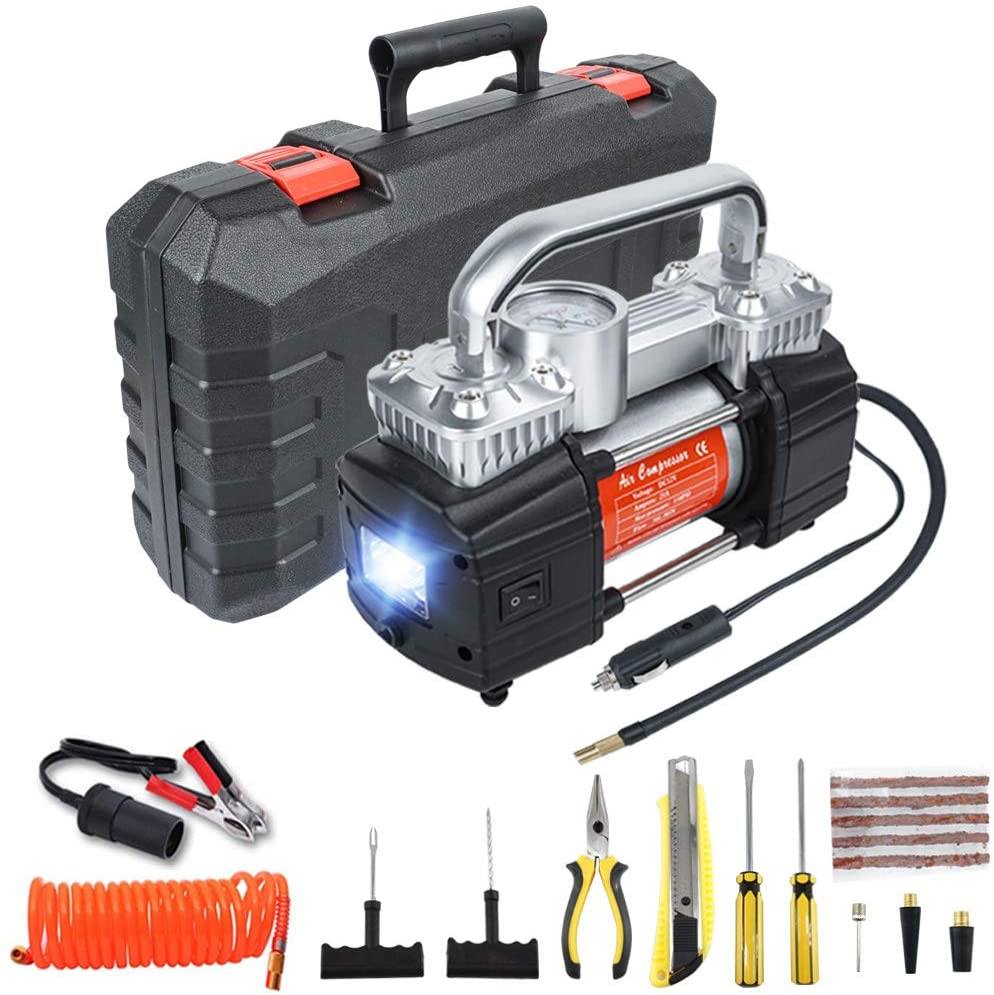
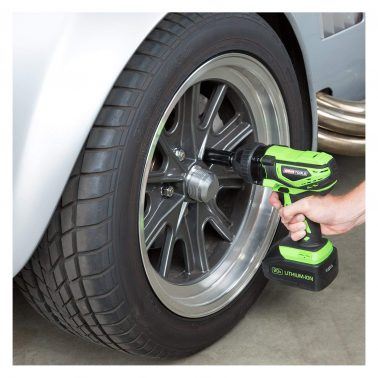
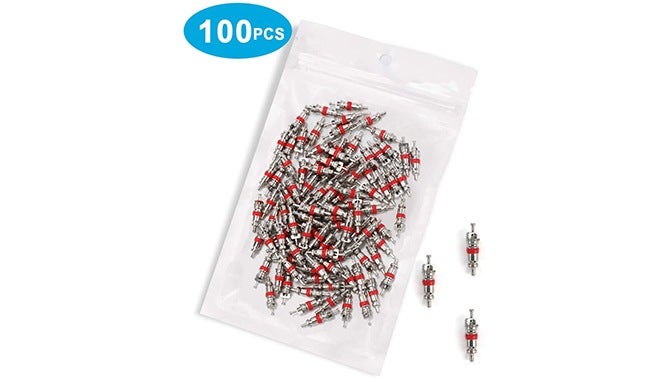
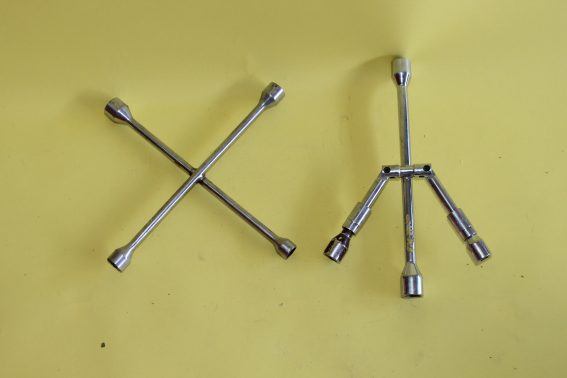
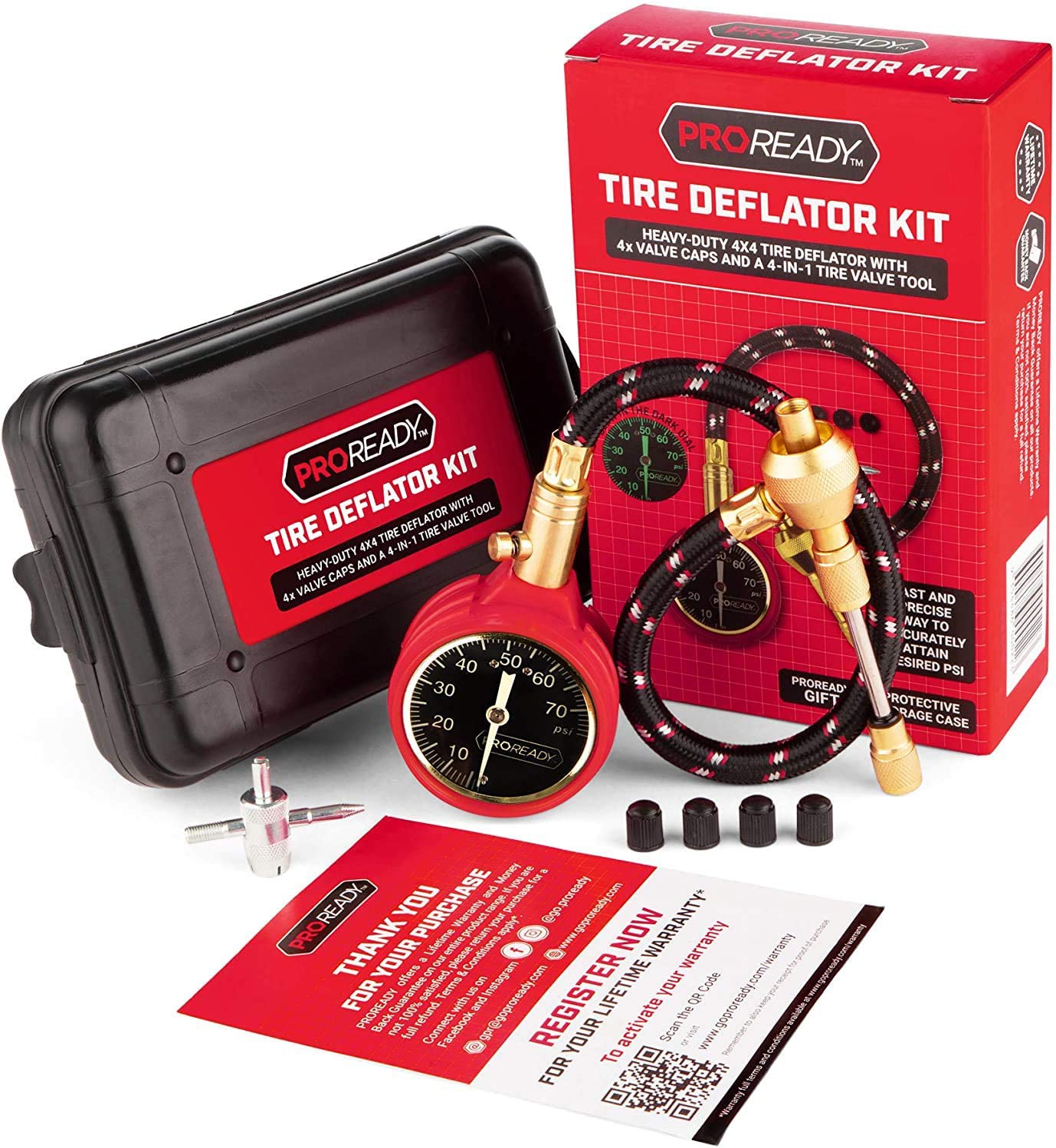
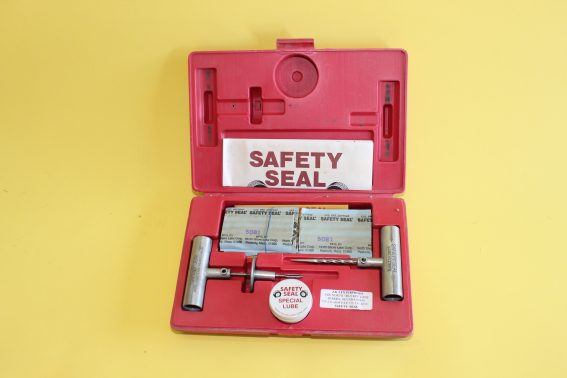
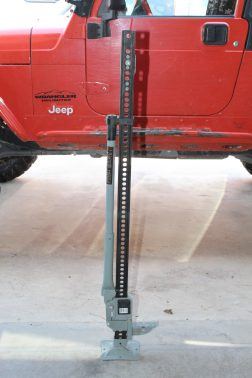
 Your Privacy Choices
Your Privacy Choices